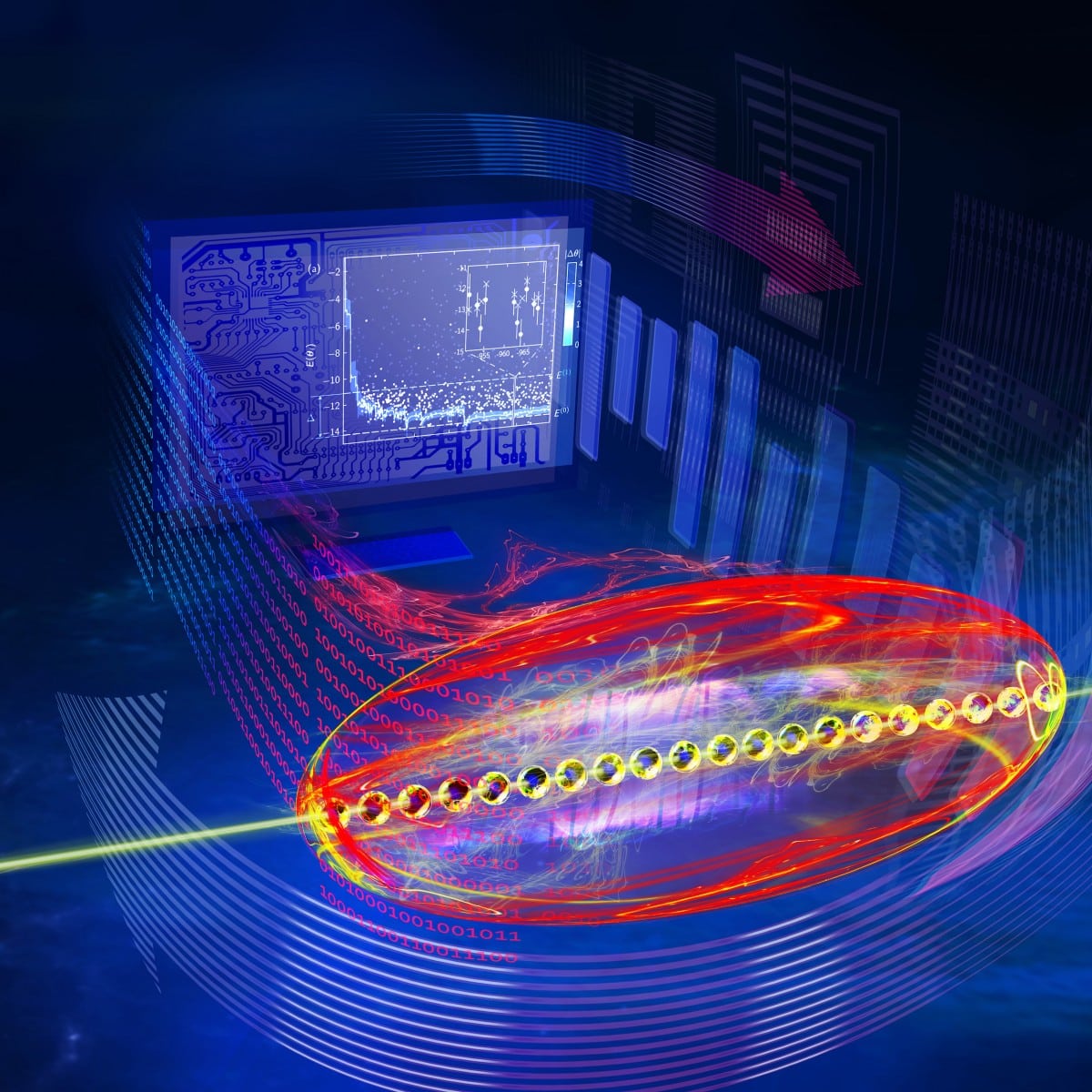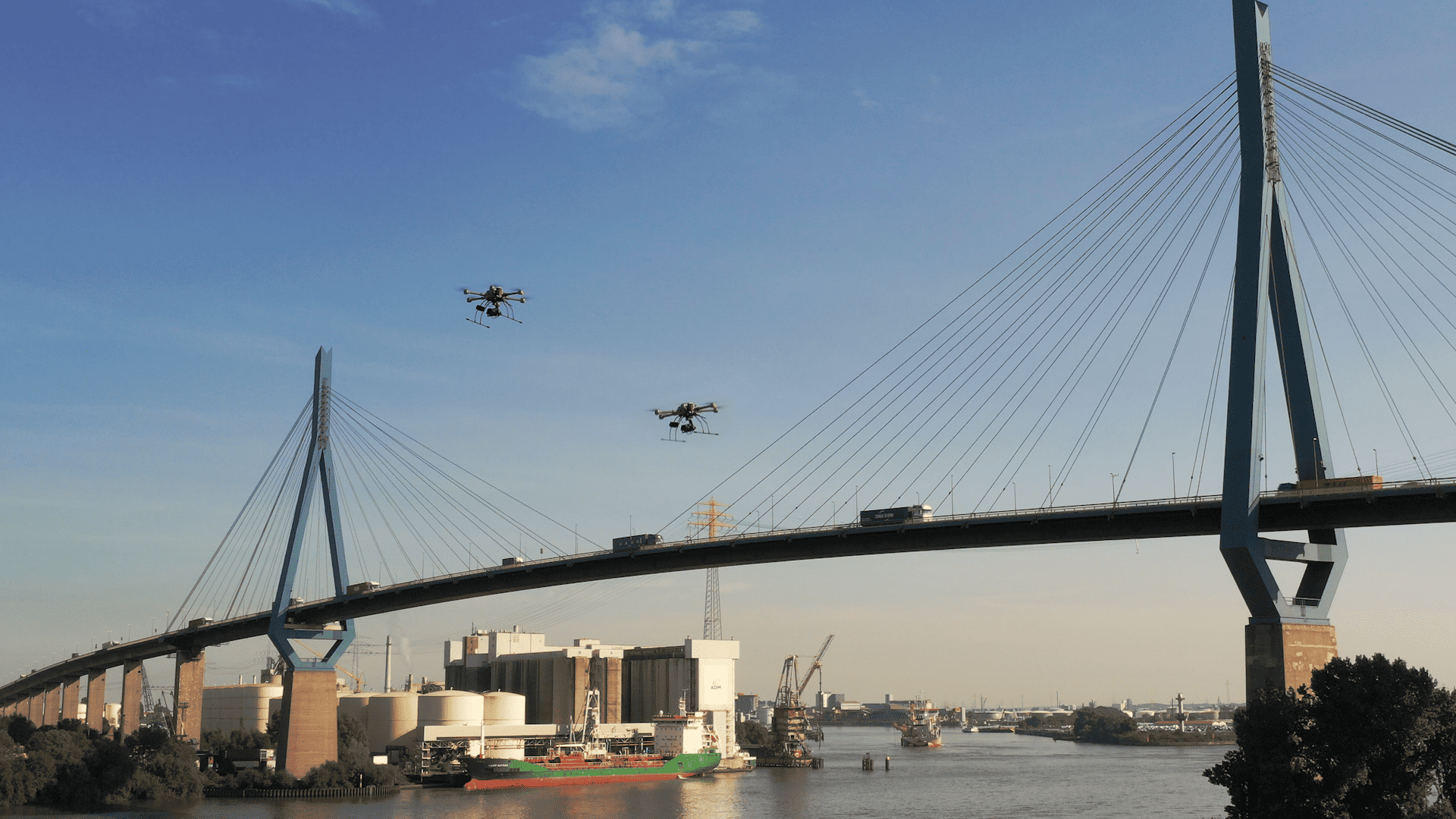
After fifteen years of research work: Physicists at the TU Innsbruck have succeeded in developing a self-verifying method for the simulation of complex quantum problems. This can be used in traffic planning, weather forecasting or molecular biology.
Physicists worldwide are working on the development of the quantum computer, which can perform calculations faster than the conventional computer. But before this, they are also working on the question of how quantum theory can be used in already available hardware. Researchers at the TU Innsbruck have just successfully completed a project. Using a quantum coprocessor in the cloud, they succeeded in developing a new method for simulating complex problems.
The beginnings of the project date back to the year 2004. In 2016 it was possible for the first time to simulate the spontaneous formation of a pair of elementary particles with a digital quantum computer. The technology was suitable for small simulations. But for more complex simulations, the error rate required many quantum bits that are not yet available in the existing quantum computers. The current limit is a maximum of thirty quantum bits. The analog replication of quantum systems in a quantum computer also has narrow limits.
Quantum Experiment
The problem could now be solved in a quantum experiment: The researchers developed a programmed variation quantum simulator using the variation method known from theoretical physics. This allows the quantum simulator to be used as a quantum resource independent of the problem under investigation, explains Rick van Bijnen from the research team. In this way, the limitations of the conventional computer can be removed, and complex quantum mechanical calculations can be outsourced to the quantum coprocessor in the cloud. Specifically, a programmable ion trap quantum computer with twenty quantum bits was used.
“We use the best features of both technologies. The quantum simulator takes over the computationally complex quantum problems and the classical computer solves the remaining problems.” Experimental Physicist Christine Maier
Building Block System
To explain the technology, the researchers compare a doll’s house with building blocks. The doll’s house stands for the analog quantum simulator and the building blocks for the programmed variation quantum simulator. While the doll’s house merely represents one reality, many different houses can be built from the individual building blocks.
In analog quantum procession, you really have to build the system you want to simulate in the laboratory, explains project team member Christian Kokail. In this process, the quantum simulator is used to generate certain states. The classical computer then optimizes these states in a target-oriented way.
The building blocks are specifically interlocking gates and single spin rotations. These occur when the ions are irradiated with laser light in the simulation, in order to generate a certain interaction or a certain state. These can be either rotations of individual ions or a total entanglement. The state is measured, and the results are fed back to the conventional computer. There the state is evaluated, and the quantum simulator receives the message which state is to be produced next.
Optimization Algorithm
The function of the building blocks is like adjusting screws. During simulation in a conventional computer, these adjusting screws are turned until the quantum state is reached. If one wanted to carry out the experiment with a classical computer, one would have to turn these adjusting screws until the desired quantum state is reached.
For their programmable variation quantum simulator, the researchers have developed an optimization algorithm that produces results in around 100,000 calls by conventional computers. If the algorithms are combined with rapid measurement cycles, the quantum simulator achieves enormous performance.
Based on this method, the physicists for the first time simulated the spontaneous formation and destruction of pairs of elementary particles in a vacuum – on twenty quantum bits. Encouraged by the high efficiency of the method, they plan to develop an even larger quantum simulator soon – based on a quantum computer with up to fifty ions.
Self-Verifying
The programmable variation quantum simulator has solved another problem – the verification of complex simulation results. “We can still check the simulation on twenty quantum bits on the classical computer, but this is simply no longer possible with more complex simulations”, explains van Bijnen. In the experiment, the problem was solved with additional measurements in the quantum system. The quantum machine assesses the quality of the measurement on the basis of the results.
The Innsbruck researchers carried out the project at the Institute of Quantum Optics and Quantum Information (IQOQI) of the Austrian Academy of Sciences. The project was led by Christian Kokail, Christine Maier, Rick van Bijnen and Christian Roos.
In this video the physicists explain their experiment.
Under this link you will find the paper: Sheet, R./Brydes, T./Joshi, K./Jurcevic, P./Kokail, C./Maier, C./Muschik, C.A./Roos, C.F./Silvi, P./van Bijnen, R./Zoller, P. (2019): Self-verifying variational quantum simulation of lattice models. In: Nature. International Journal of Science.
Also Interesting:
Quantum Sensor for Measuring Light Particles
Artificial Intelligence for the Investigation of Swarm Behavior







